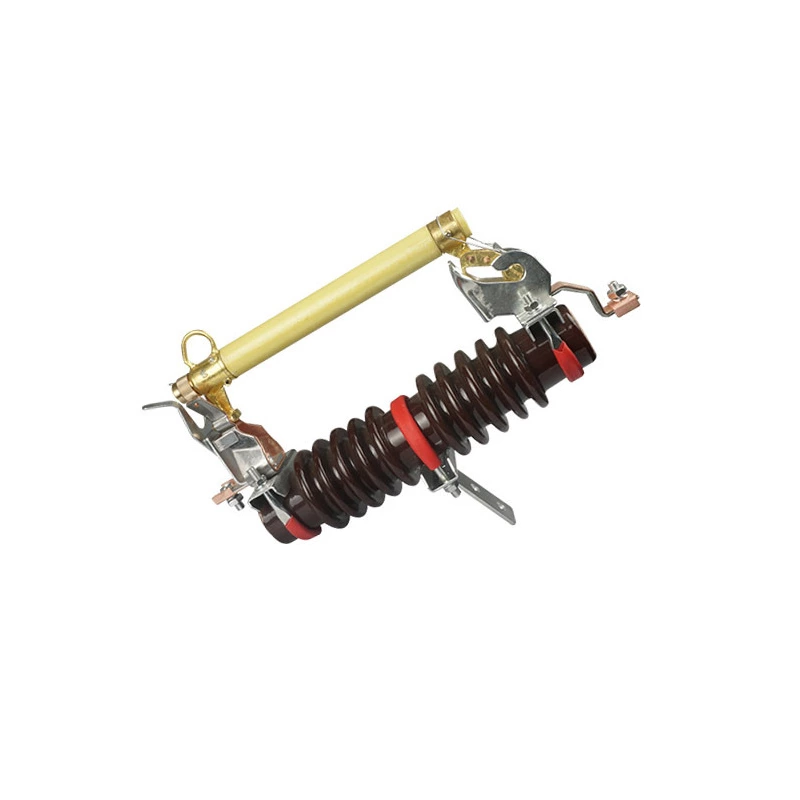Falling Fuse Selection Fuse Selection Key Technical Analysis
Drop out fuse is an important overcurrent protection device in the power system, with the fuse as the core component. The selection of the fuse has a direct impact on the safe operation and protection performance of the equipment. This article systematically elaborates on the technical points and precautions for fuse selection from an engineering application perspective.
1、 drop out fuse working principle and fuse action mechanism
drop out fuse achieves circuit protection through the thermal effect of fuses. When the current exceeds the set threshold, the fuse melts under the action of Joule heating, causing the melting tube to fall under the influence of gravity, thus forming a significant disconnection point. This process requires two conditions to be met simultaneously: being able to withstand continuous load current during normal operation, and being able to reliably cut off fault current in the event of a fault. The thermal equilibrium equation of a fuse is Q=I ² Rt, where R is the fuse resistance and t is the melting time. This formula reveals the inverse relationship between the square of the current and the melting time.
2、 Key action parameter control
Rated current matching
The rated current of the fuse should meet the requirement of I-N ≥ 1.2I-Lmax (maximum continuous load current), while considering transient characteristics such as 1.5-2 times the starting current of the motor. For 10kV distribution transformers, it is recommended to use the empirical formula of "1.5 times the rated current of the transformer".
Ampere second characteristic curve
It is necessary to achieve a step-by-step coordination with higher-level protective equipment (such as circuit breakers) to maintain a 0.3-0.5 second step difference. Special attention should be paid to ensure that the minimum melting current of the fuse is less than the thermal stability limit of the protected equipment.
Verification of Breaking Ability
The rated breaking current of a fuse should be greater than the maximum expected short-circuit current at its installation location. For coastal salt spray areas, a 20% margin factor needs to be increased. In typical distribution network scenarios, the breaking capacity of 12kV drop out fuse should not be less than 6.3kA.
3、 Principles for handling special working conditions
Environmental temperature correction
For every 1 ℃ increase in ambient temperature, the current carrying capacity of the fuse will decrease by 0.5% -0.8%. In high-altitude areas (altitude>1000m), capacity reduction treatment is required, and the capacity correction factor is taken as 0.85 at an altitude of 3000m.
Harmonic effects
In nonlinear load scenarios, when the third harmonic current reaches 15% of the fundamental wave, it is recommended to use HRW type high anti harmonic fuses, whose special alloy composition can reduce the abnormal temperature rise caused by harmonics.
Transfer current control
In the ring network power supply system, it is necessary to verify whether the transfer current exceeds the fuse breaking capacity, and if necessary, install a current limiting reactor. Experience has shown that once the transfer current exceeds 80% of the rated value of the fuse, there is a risk of protection failure.

